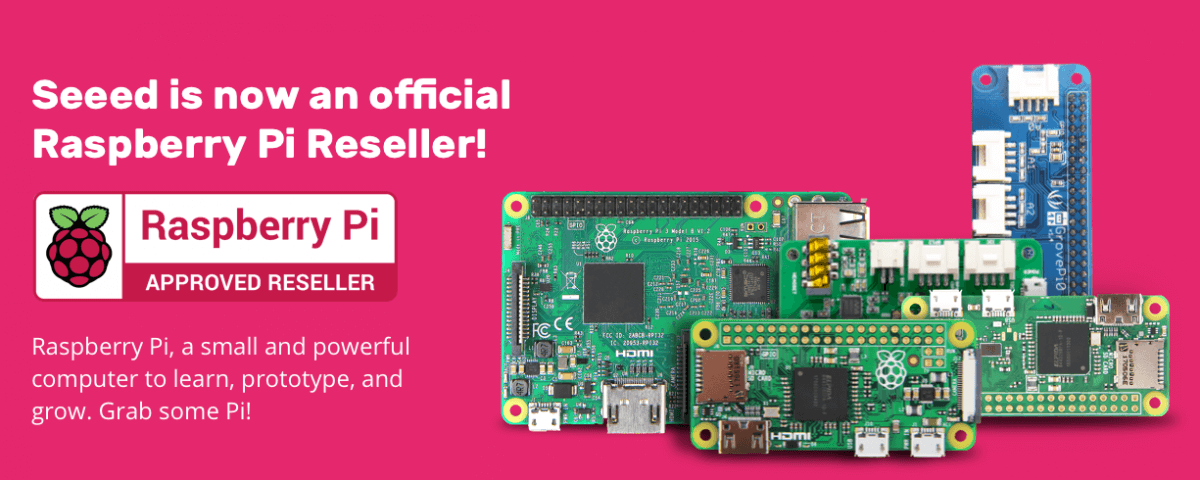Have you ever wondered how amazing it would be to carry your computer along wherever you go. Operate your device from anywhere. Yes this has been made possible by a tiny device known as RASPBERRY PI.
WHAT IS A RASPBERRY PI ?
The Raspberry Pi is a series of tiny single board computers developed for the knowledge of computer science to be easily accessible to every domain. The history of the Raspberry Pi was basically introduced in 2006. Its main concept is based on Atmel ATmega644. These computers are cost effective and yield high performance. A credit card sized computer that you insert into a keyboard or a TV and this little device is all set to perform all tasks that a PC can do. The inventor of the raspberry pi, EBEN UPTON’s goal was to introduce such a computer that would enhance programming skills at the basic level. Raspberry Pi is slower than our standard computers but is a complete linux computer. This small computer is all comfortable to interact with the outer world and has already started making its place by playing a major role in a wide range of digital projects from weather forecasting device to a home media centre. Several generations of raspberry pi have been released. The first generation was released in February 2012 as Raspberry Pi 1 Model B which was followed by a release of a simpler and inexpensive Model A. In 2014, the foundation released an improved version as Raspberry Pi 1 Model B+. Improved A+ and B+ versions were introduced an year later.
SPECIFICATIONS:
- A 1.2GHz 64-bit quad-core ARMv8 CPU
- 11n Wireless LAN
- Bluetooth 4.1
- Bluetooth Low Energy (BLE)
- 1GB RAM
- 4 USB ports
- 40 GPIO pins
- Full HDMI port
RASPBERRY PI : AN OPEN HARDWARE
Raspberry pi is an open hardware with the exception of a primary chip on the board, the broadcomm SoC (system on chip) ; which functions many of the main components on the board like CPU, graphics, memory, USB controller etc. Projects developed with raspberry pi are mostly open and are liable to be modified easily.
TOP OPERATING SYSTEMS THAT CAN RUN ON RASPBERRY PI :
- RASPBIAN : It is the official operating system of the raspberry pi foundation based on Debian Linux and is optimized for the device’s hardware. A wide range of software like Python, Scratch, Java, Mathematica come installed in it a long with a full GUI.
- WINDOWS 10 IoT CORE : In case you are not a comfortable with Linux, you can run windows 10 on your raspberry pi. The device comes with a familiar windows 10 style GUI. The advantage of using windows 10 lies in the fact that it integrates with the Visual Studio Development Tools.
- RISC OS OPEN LIMITED : The latest version of the RISC OS designed for raspberry pi is RISC OS Pi. The strongest part of this OS is its performance.
- MOEBIUS : Those who would rather have speed or the most compact operating system installation possible are to use moebius. There is no GUI which makes the learning curve steep. Since it is based on Debian, those familiar with linux shouldn’t take long to grasp it.
- RETROPIE : This OS can turn your raspberry pi into a retro gaming platform. RetroPie works with Raspberry Pi, ODroid C1/C2, or even a PC, and you can choose either to install it on top of the Raspbian operating system or just have RetroPie running on its own.
- OSMC : OSMC (Open Source Media Center) can turn a raspberry pi into a hub for your home entertainment. It is accompanied with a play store and allows you to download apps to your device easily. It can run a wide variety of file formats.
IOT WITH RASPBERRY PI
IoT being the hottest topic in the IT industry in today’s world, every organization is looking forward to work with it. One of the best learning platform for IoT is raspberry pi as it offers a complete linux server in a small sized platform at a very low cost. A number of projects can be done on IoT using raspberry pi. The very basic projects being interfacing the sensors. The major steps to carry out such projects can be divided into two parts. The first part consists of setting up the Raspberry Pi and interfacing it with the sensors. The second part covers building the Android application and connecting it to the server.
From the above article, it can be concluded that this tiny computer; RASPBERRY PI holds the future of the technology. It is much capable of evolving the technological world into a better platform.



